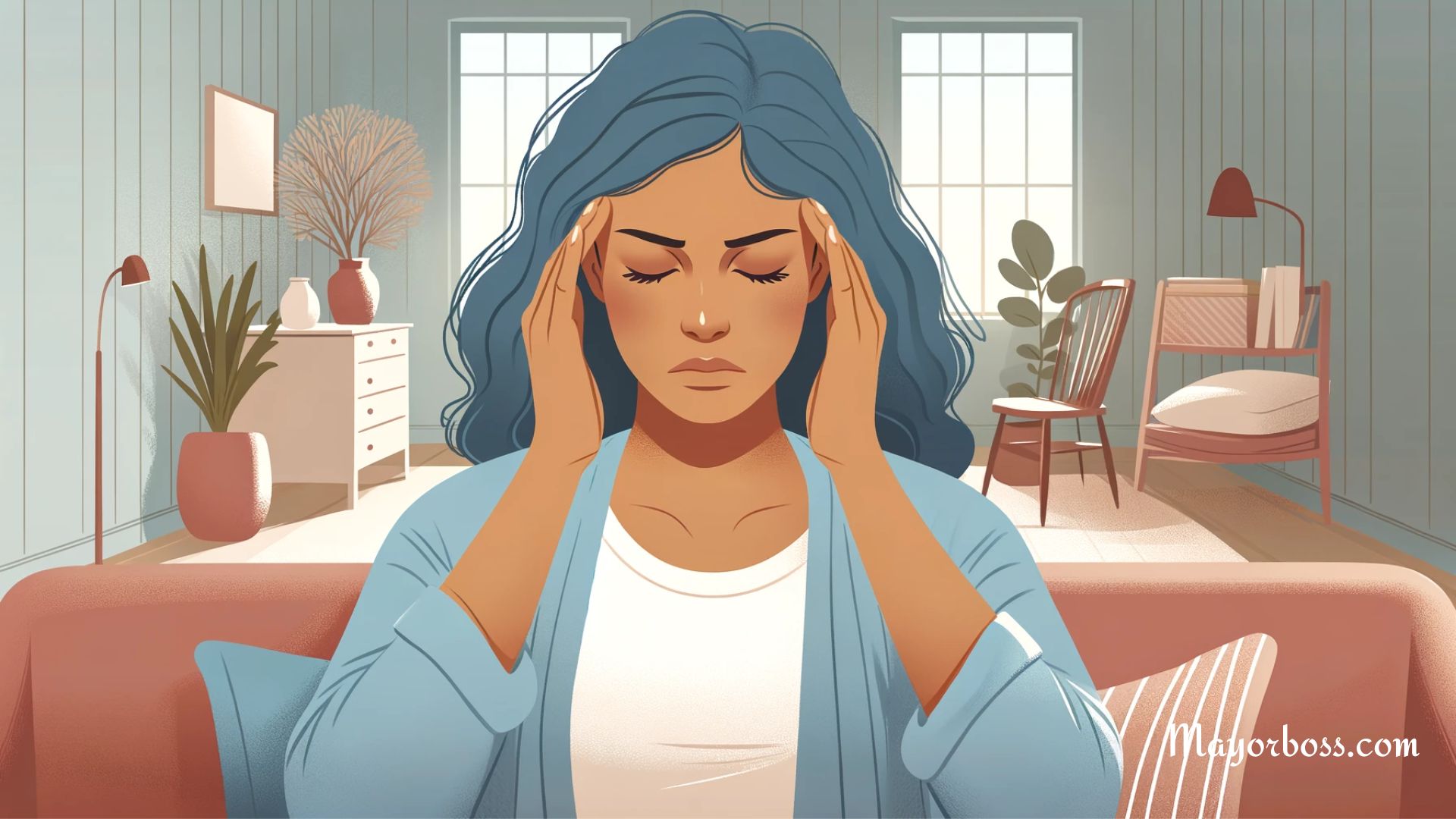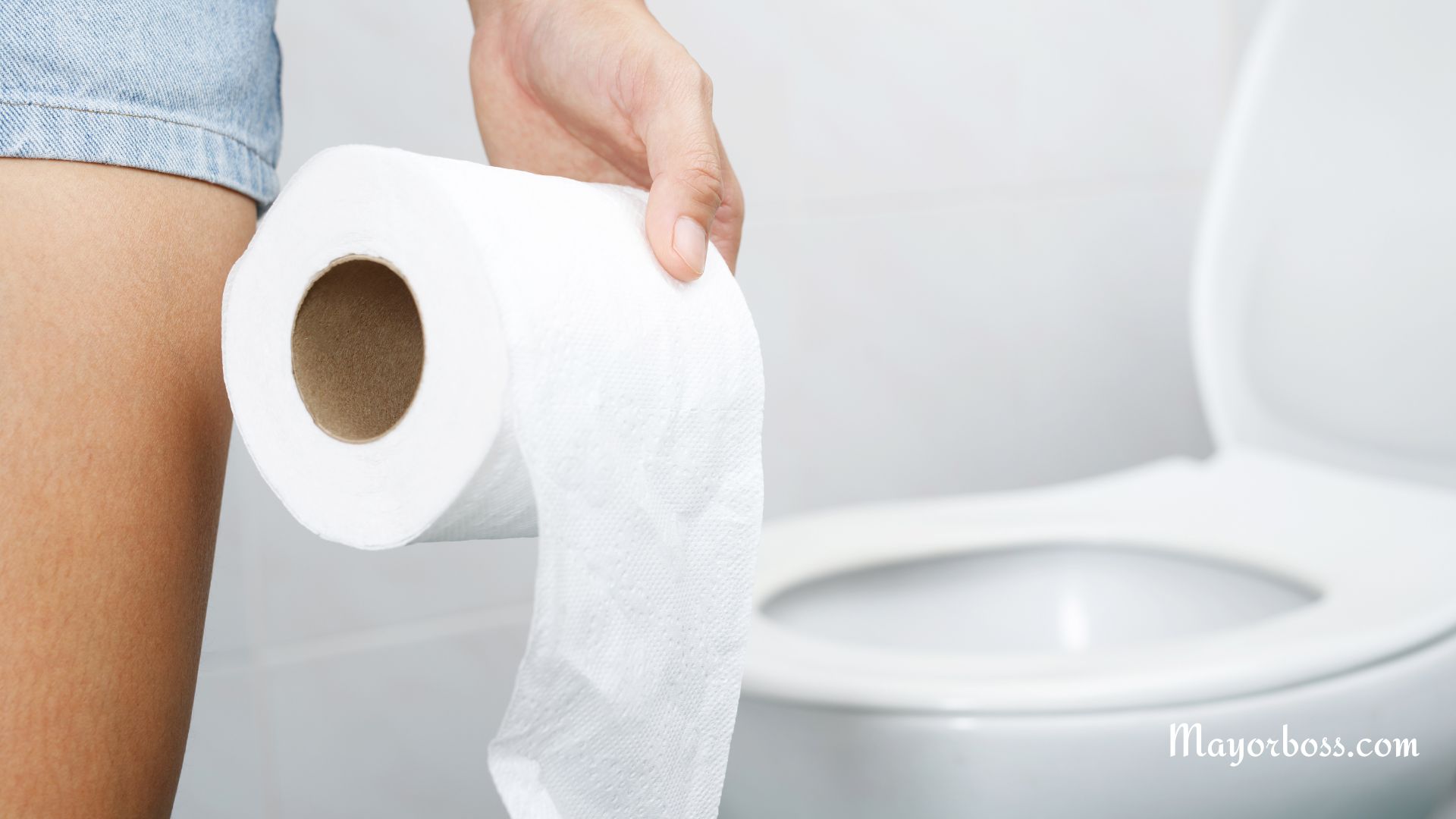What Causes Temple Headaches?
Temple headaches, often manifesting as pain in the sides of the head, are a common discomfort for many. They can range from mild to severe and may be indicative of various conditions. The pain might be throbbing, constant, or intermittent and is usually felt in the temples, though it can spread to other parts of the head or neck. But what exactly causes these headaches, and more importantly, how can you treat them? This article discusses temple headaches to understand this better.

What Causes Temple Headaches?
Stress and Tension
You might be familiar with the feeling of pressure and tightness around your temples during high-stress periods. Stress and tension headaches are the most common types, often linked to muscle strain, emotional stress, or fatigue. The tension in your neck and scalp muscles can radiate to your temples, causing a dull, aching pain.
Cluster Headaches
These are intense and often occur in cyclical patterns or clusters. The pain is usually localized around one eye or temple area.
Migraines
Migraines are a step beyond the average headache, often presenting with a throbbing pain in the temples. Triggers for migraines can vary widely, from hormonal changes and certain foods to environmental factors and lack of sleep. It’s not just about the pain; migraines can also bring about sensitivity to light and sound and even nausea.
Temporomandibular Joint Disorders (TMJ)
The temporomandibular joint, attaching your jaw to your skull, can be a source of temple headaches. Problems with this joint, whether from teeth grinding, arthritis, or injury, can lead to pain that radiates to the temples.
Arteritis
Temporal arteritis, an inflammation of the arteries in and around the scalp, can cause severe temple headaches. This condition is more common in older adults and can be quite serious, requiring immediate medical attention.
Sinus Issues
Sinus infections or inflammation can lead to pressure buildup that causes pain in your temples. This type of headache usually comes with other sinus symptoms like a stuffy nose or facial pressure.
Symptoms of Temple Headaches
- Location and Type of Pain: Temple headaches often involve a pressing or throbbing pain on one or both sides of the head.
- Associated Symptoms: Nausea, dizziness, sensitivity to light or sound, and visual disturbances can accompany migraines. TMJ disorders may also include jaw pain or clicking.
- Duration: The length of the headache can vary from a few hours to several days, depending on the cause.
Treatment and Management
Lifestyle Changes
Modifying your daily routine can be beneficial. Stress management techniques, such as meditation or yoga, can alleviate tension headaches. Regular sleep patterns and staying hydrated are also key.
Over-the-Counter Medications
For immediate relief, over-the-counter pain relievers like ibuprofen or acetaminophen can be effective. However, it’s important to use these medications as directed to avoid overuse headaches.
Prescription Medications
In cases of severe or chronic headaches, your doctor may prescribe medication specifically designed for headaches, such as triptans for migraines.
Physical Therapy and Relaxation Techniques
For tension-related headaches, physical therapy or relaxation techniques like yoga and meditation can be surprisingly effective. They help reduce muscle tension and improve coping mechanisms for stress.
Alternative Treatments
Some people find relief through acupuncture, massage, or herbal remedies. However, it’s important to consult with a healthcare professional before trying these options.
When to Seek Medical Attention
If your temple headaches are frequent, severe, or accompanied by unusual symptoms like vision loss, confusion, or difficulty speaking, it’s crucial to seek medical attention. These could be signs of a more serious condition.
Key Takeaways
Temple headaches, while common, can significantly impact your quality of life. Identifying the cause is the first step to effective treatment, which may include lifestyle changes, medication, or alternative therapies. Remember, persistent or severe headaches warrant a visit to your healthcare provider. Don’t let temple headaches take over your life; with the right approach, you can manage them effectively and reclaim your days.
Frequently Asked Questions
How do I know if my temple headache is serious?
If your headache is severe, sudden, or accompanied by symptoms like confusion, fever, stiff neck, or visual disturbances, seek medical help immediately.
Can dehydration cause temple headaches?
Yes, dehydration can lead to headaches, including those in the temple area. Ensure you’re drinking enough water throughout the day.
Are temple headaches a sign of high blood pressure?
While high blood pressure can cause headaches, they’re not typically localized to the temples. However, if you’re concerned about your blood pressure, it’s always a good idea to check with a healthcare professional.






